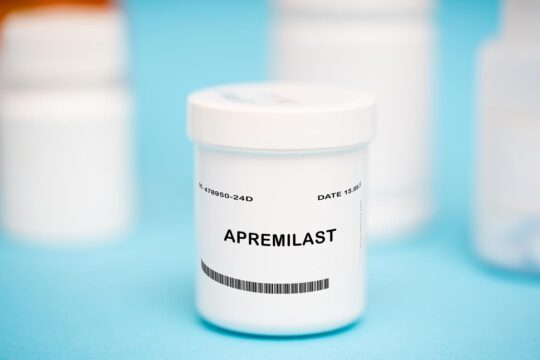Advertisment
ITS 2012 Report – Bronchiolitis obliterans after lung transplantation
by Maria Dalby – Almost all lung transplant recipients will develop bronchiolotis obliterans (BO) if they live long enough – as transplantation care is improving, BO is becoming an increasingly common complication for transplant clinicians to manage. Jens Gottlieb is a consultant pulmonologist at Hannover Medical School Hospital in Germany and has wide experience from managing all stages of BO; his overview illustrated some of the challenges facing the lung transplant team.
BO is a form of non-reversible fibrotic airway condition that is characterised by fixed airway obstruction. Classification criteria published in 2001 define three stages of BO syndrome based on spirometry, where patients at stage 3 have forced expiratory volume in 1 second (FEV1) scores of less than 50% of predicted normal values.1 Today, BO is considered part of a wider clinical presentation spectrum known as chronic lung allograft dysfunction (CLAD). A workshop on CLAD that was held in Leuven earlier this year proposed that CLAD should be classified as either restrictive or non-restrictive; non-restrictive forms of CLAD tend to be characterised by high levels of circulating neutrophils and be sensitive to macrolide therapy and strictly speaking it is only the non-reversible form of fibroproliferative CLAD that should be referred to as BO syndrome (BOS).2
The mechanism by which BOS develops after lung transplantation remains unclear, partly due to the fact that there is no universally accepted animal model for studying the condition. However, according to Dr Gottlieb, the prevailing theory is that BOS is caused either by an abnormal and dysregulated repair response to an epithelial or subepithelial injury via alloimmune or non-alloimmune pathways that can act either in isolation or together. The innate immune system is known to play an important role for the development and progression of BOS.4 Known and accepted risk factors include acute rejection episodes, CMV pneumonitis and non-adherence to immunosuppressive therapy, and amongst potential and hypothetical risk factors are respiratory virus infections, HLA antibodies and HLA mismatching, and possibly reflux/aspiration and air pollution.1 Non-symptomatic at first, as graft function declines symptoms of airway colonisation are seen including cough and exertional dyspnoea. Advanced disease is characterised by productive cough, dyspnoea at rest and respiratory failure, with high mortality rates and debilitating impact on quality of life in those who survive.
The main goals of therapy are to stabilise the graft, prevent complications and in the long term improve quality of life and survival. Early diagnosis is associated with improved prognosis.3 A prospective placebo-controlled single-centre study presented earlier this year showed that azithromycin, 250mg once daily, was effective for stabilising and to some extent improving lung function in 46 lung transplant recipients with BOS.4 A previous placebo-controlled study had shown that azithromycin could be used prophylactically for preventing chronic rejection.5 Another treatment option that has shown some promise in controlled trials is, somewhat surprisingly, inhaled cyclosporine, although no effect on overall survival was seen compared with placebo. Dr Gottlieb concluded that although CLAD continues to cause serious morbidity in patients undergoing lung transplantation, improved immunosuppressive and antibiotic therapies have led to better graft function and improved quality of life, and this may translate into better survival in the long term.
Jens Gottlieb, Hannover Medical School, Germany
References:
- Estenne M, et al. J Heart Lung Transplant 2002; 21 (3): 297-310
- CLAD workshop, Leuven, Belgium 2012.
- Finlen Copeland CA, et al. Am J Respir Crit Care Med 2010; 182 (6): 784-789
- Corris PA, et al. Presented at ISHLT 2012.
- Vos R, et al. Eur Respir J 2011; 37 (1): 164-172





